Enjoy browsing, but unless otherwise noted, these houses are private property and closed to the public.
So don't go tromping around uninvited! CTRL-F to search within the page.
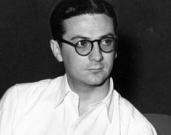
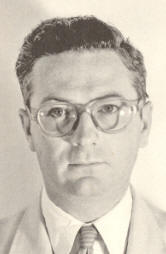
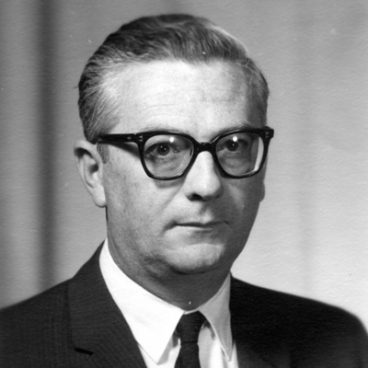
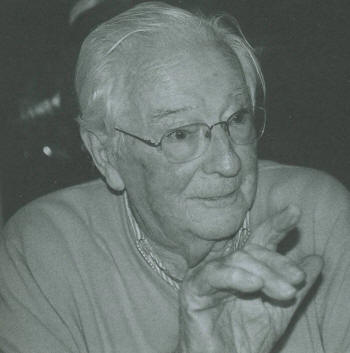
EDUARDO FERNANDO CATALANO, FAIA (1917-2010)
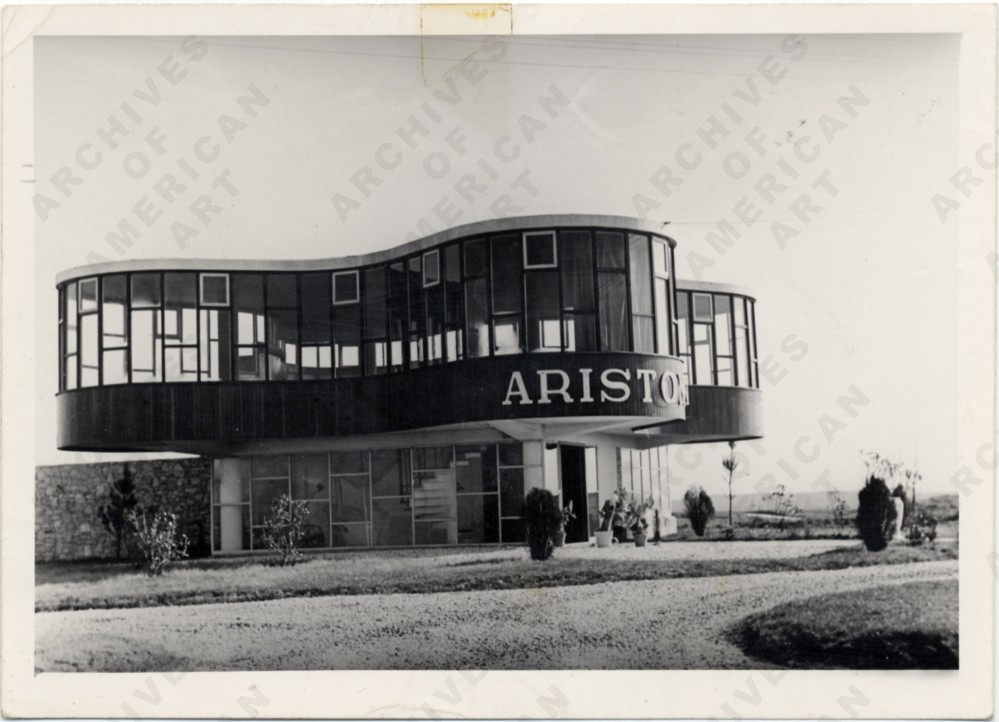
Eduardo Fernando Catalano was born in Buenos Aires, Argentina and came to the United States on scholarships to the Universities of Pennsylvania and Harvard. In 1945, he entered a General Motors design competition using a hyperbolic paraboloid and won second out of 914 entries. He was a graduate student of Walter Gropius and an undergraduate student of Marcel Breuer at Harvard. He designed the Ariston Club, left, in Mar-Del-Plata, Argentina, with Breuer and Francisco Coire in 1948.
Catalano taught at the Architectural Association in London until 1951 when he was recruited by Henry Kamphoefner for the NCSU School of Design in Raleigh, where he taught until 1956. One of his NCSU students fondly recalls, "With his thick Argentinean accent, he would tell us the three most important factors in architecture are espace, estructure, and escale." (If this makes no sense, try saying it aloud). Catalano moved to Boston in 1956 to teach at MIT until 1977. Buildings designed by Catalano include the US embassies in Buenos Aires, Argentina and Pretoria, South Africa, the Juilliard School of Music at New York City's Lincoln Center, Guilford County-Greensboro Government Center in Greensboro and the Stratton Student Center at MIT in Cambridge MA. Catalano closed his practice in 1995. In 2002, Catalano came out of retirement to design the "Floralis Generica" sculpture in Buenos Aires, a gigantic metal flower with six motorized 20-meter-high petals that open and close.
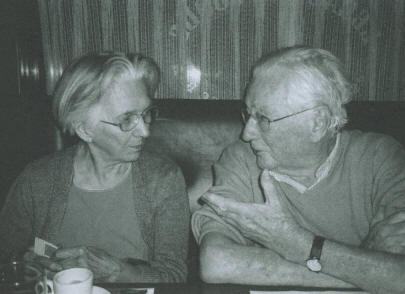
After the untimely death of NCSU College of Design Professor
Robert Burns, his former student and employee, Catalano donated $200,000
to NCSU in his honor. Catalano also gave the NCSU College of Design a second gift of $400,000 in 2007 to establish the Eduardo Catalano Endowed Lecture/Seminar on Innovations in Contemporary Architecture. There were
many stipulations on the gift and only one lecture actually happened. He was
awarded an honorary doctorate by NCSU in 2007. After Catalano died in 2010, his
children Adrian and Alex gave $600,000 to NCSU, principally towards
scholarships. This combined with Catalano's previous $400,000 gift established a
$1M endowment.
With companion Deborah Forsman, photo at left by Daniel Casoy.
1994 NCSU
Interview
1997 Interview by
Frank Harmon
1997 NCSU Special Exhibition
2000 NCSU
Interview
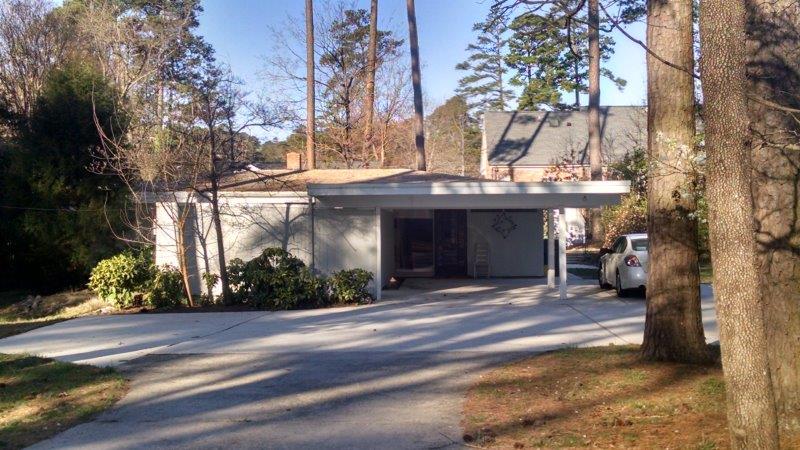
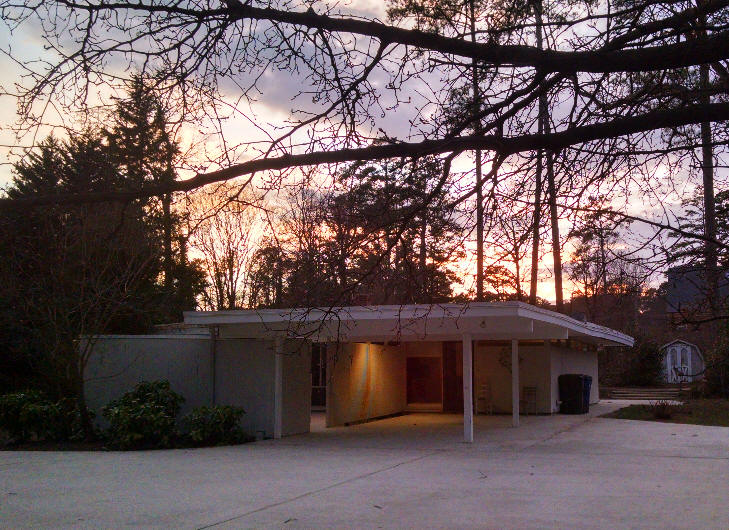
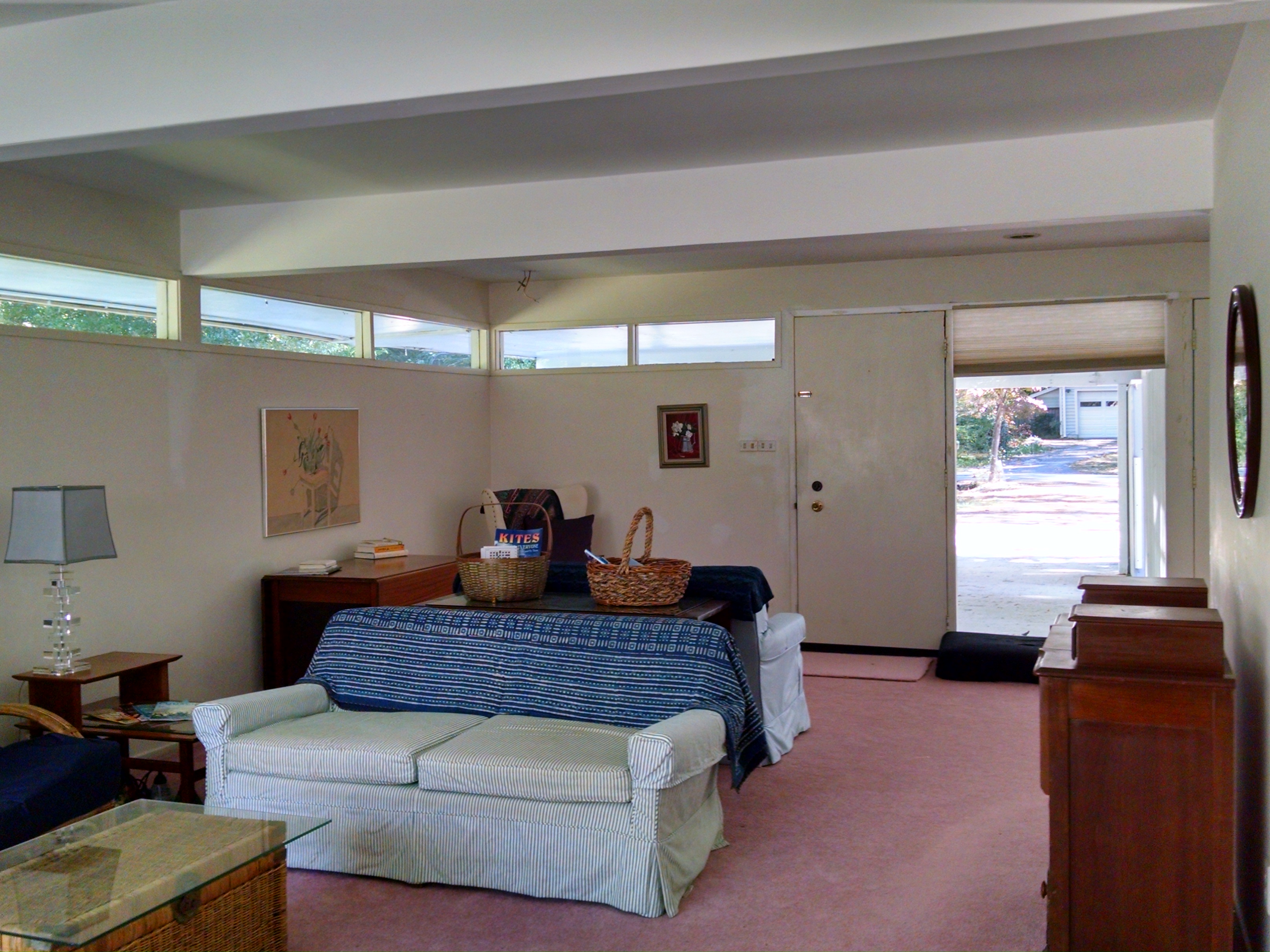
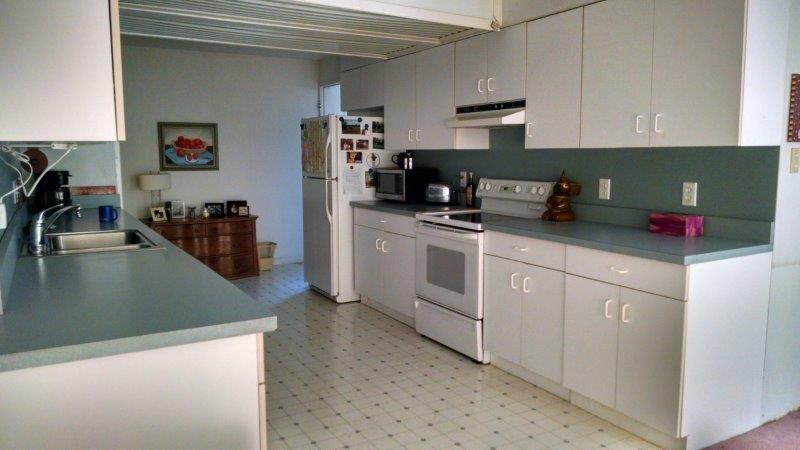
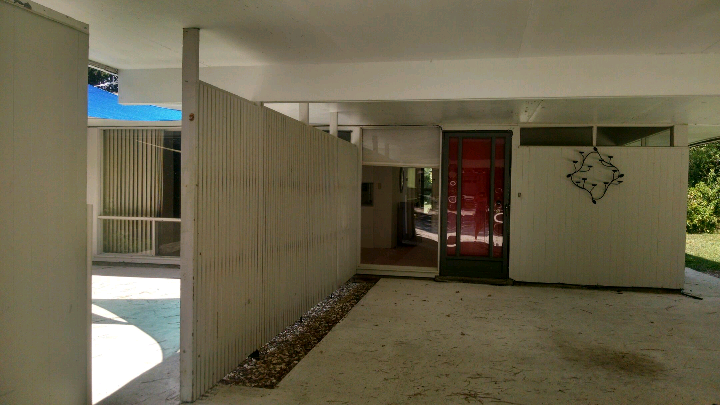
1954 - The B. Richard and Marjorie Jackson House, aka the Carrier Weathermaker National Prize Winning House, designed with Horacio Caminos, 1317 Westfield Avenue, Raleigh NC. Catalano and Caminos received a $5000 prize from Carrier for this design in 1953. Built by Ed Richards Building Company. HVAC by Stahl-Rider Distributing Company. Plumbing by O. D. Wyatt. Wayside Furniture did the interiors. 1270 sf. This was a showcase home to demonstrate the value of air conditioning in the moderate price range, as AC was new to most houses at that time. It featured innovations, such as the HVAC vents are all encased in the concrete flooring system. The magazine Living For Young Homemakers featured it in the April 1954 issue. Featured in the News and Observer, 1/30/1954. Raleigh's first proctologist, B. Richard Jackson, and his wife Marjorie moved here in 1954 but moved out several months later. Sold in the fall of 1954 to Roland and Pauline Viverette. The Viverettes changed their name to Gamble and retitled the house. Sold in 1970 to Garris and Bybe Graham. Sold in 1971 to Raymond and Judith Gogolewski. Sold in 1973 to Clark E. and Bonnie M. Cramer. Sold in 1978 to Geraldine P. Narron. Sold in 1991 to Nancy D. Lloyd. Sold in 1997 to Leah Anderson, who lived in the house next door since 1954. Deeded in 2015 to Samuel Anderson and Margaret Ellen Kirkland. Photos by Margaret Ellen Kirkland. In deteriorated shape, sold in 2022 to Exeter Building which destroyed it later that year.
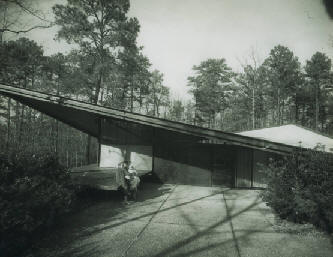
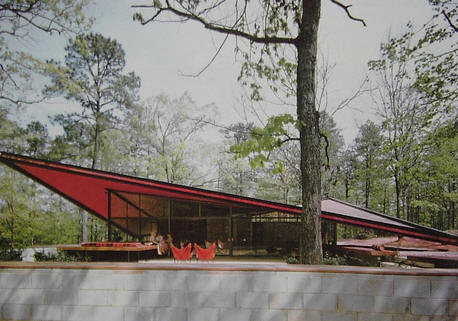
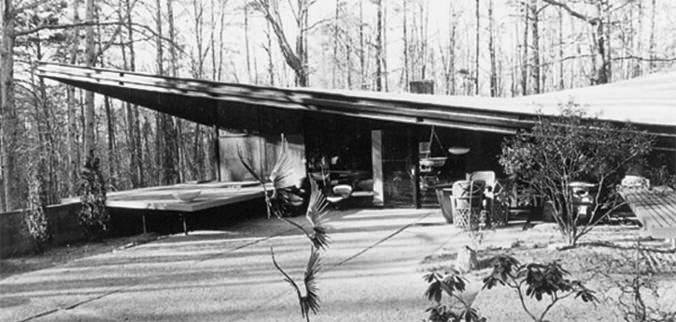
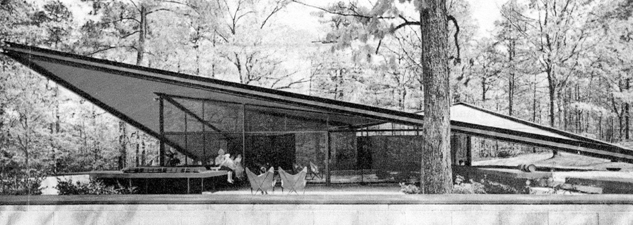
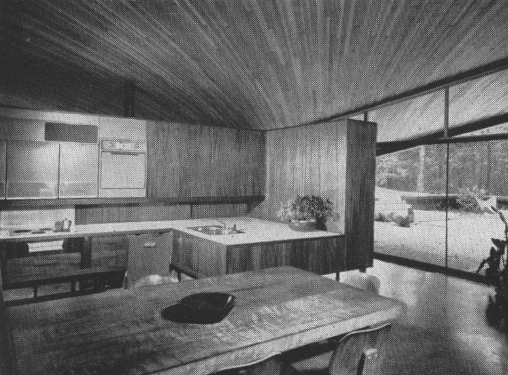
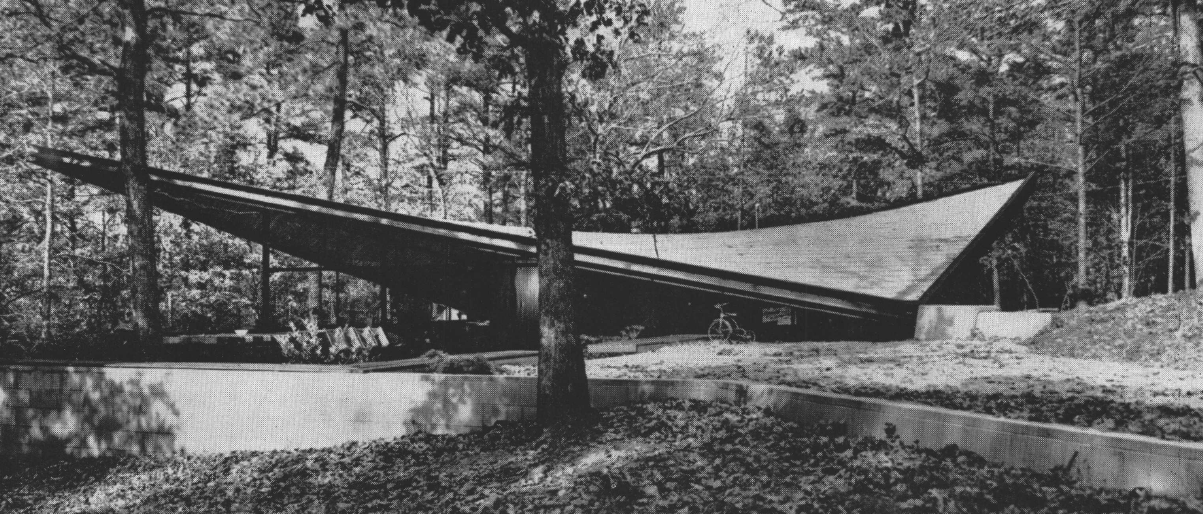
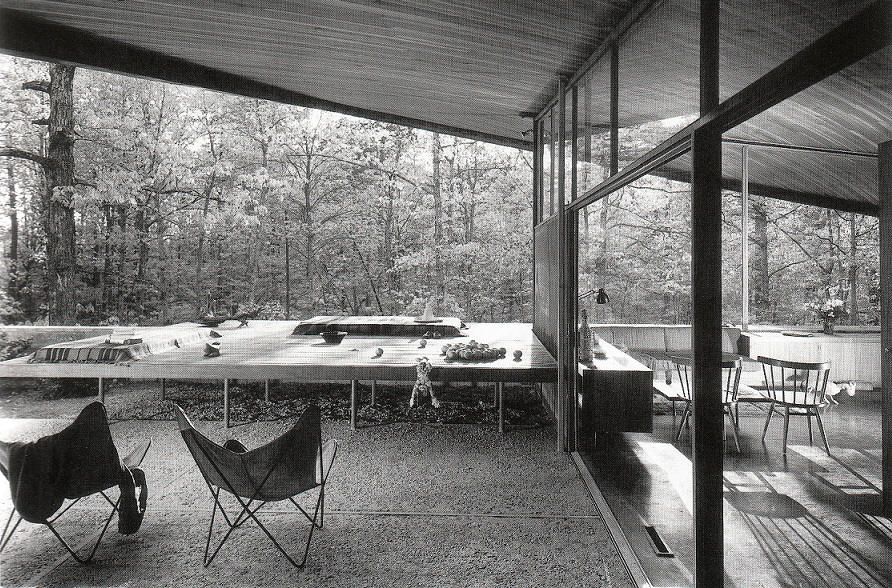
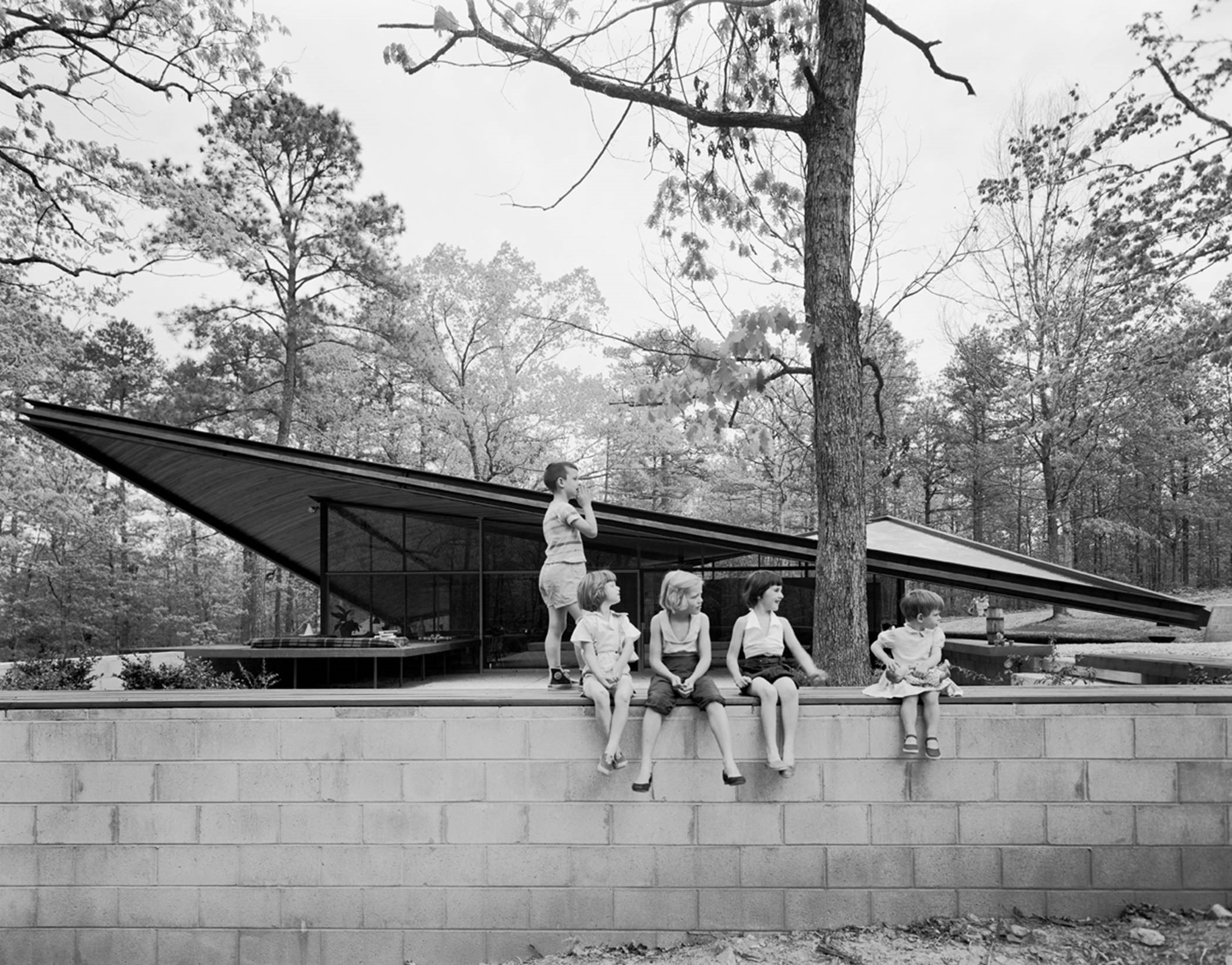
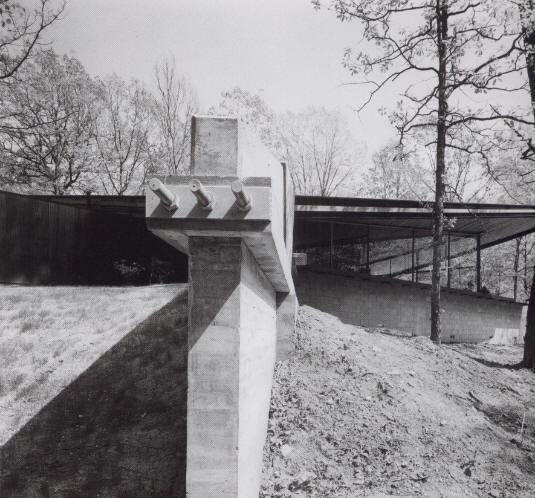
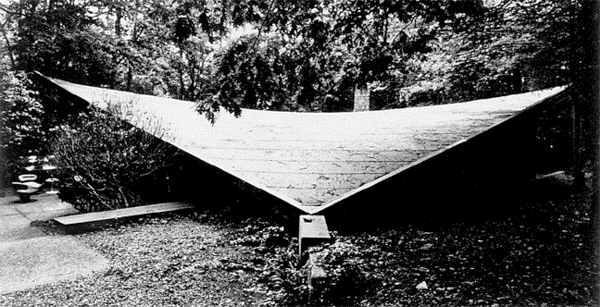
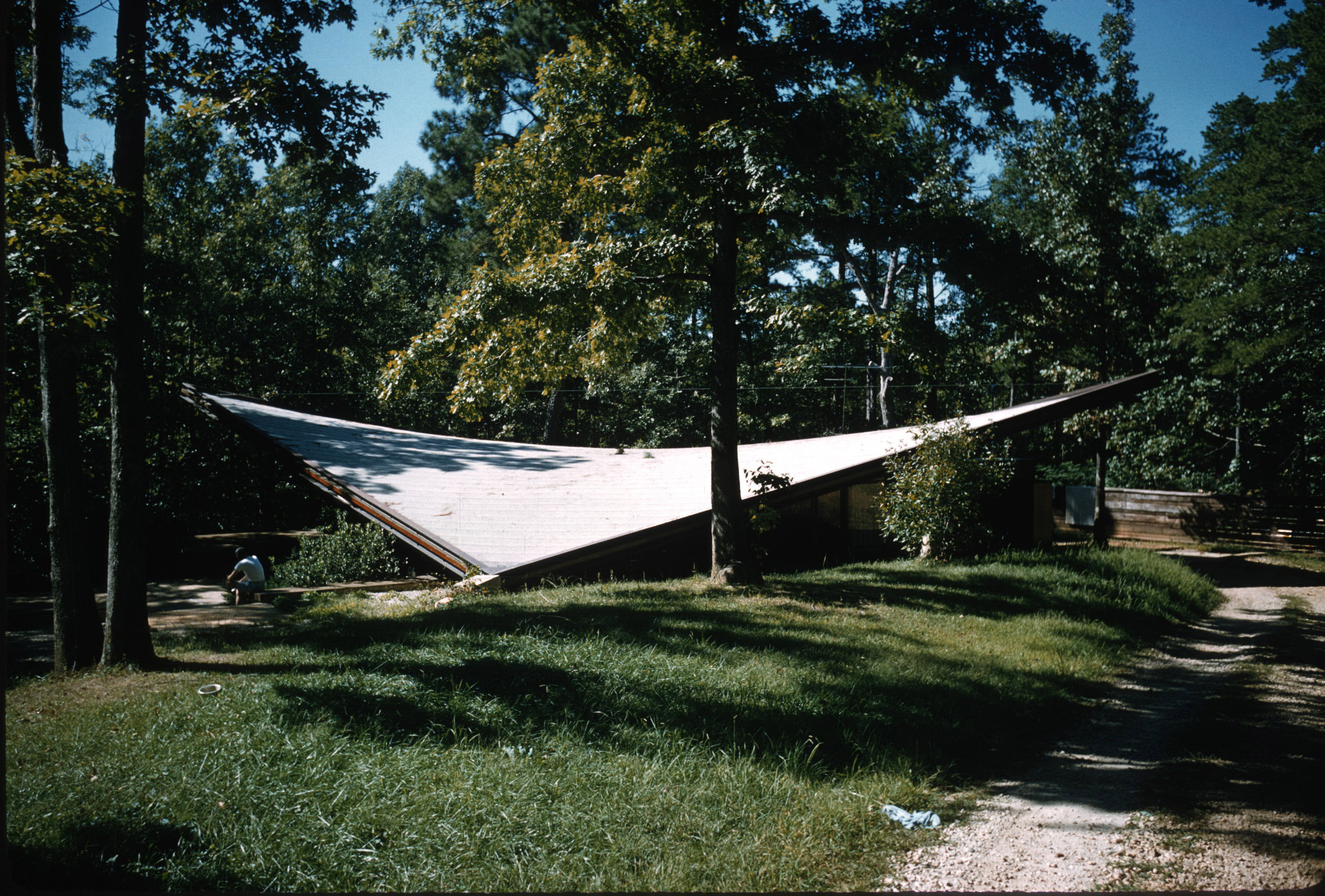
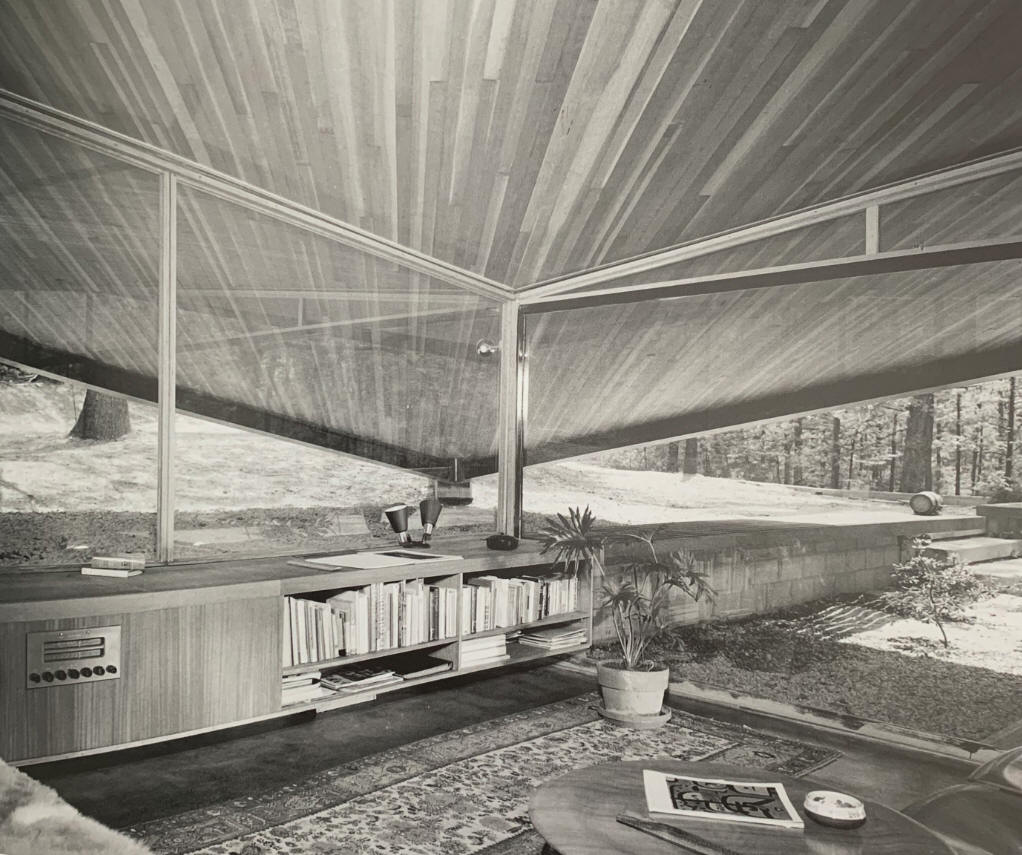
.jpg)
.jpg)
.jpg)
.jpg)
.jpg)
.jpg)
.jpg)
.jpg)
.jpg)
.jpg)
.jpg)
.jpg)
.jpg)
.jpg)
.jpg)
.jpg)
.jpg)
.jpg)
.jpg)
.jpg)
.jpg)
.jpg)
.jpg)
.jpg)
.jpg)
.jpg)
.jpg)
.jpg)
.jpg)
.jpg)
.jpg)
.jpg)
.jpg)
.jpg)
.jpg)
.jpg)
.jpg)
.jpg)
.jpg)
.jpg)
.jpg)
.jpg)
.jpg)
.jpg)
.jpg)
.jpg)
.jpg)
.jpg)
.jpg)
.jpg)
.jpg)
.jpg)
.jpg)
.jpg)
.jpg)
.jpg)
.jpg)
.jpg)
.jpg)
.jpg)
.jpg)
.jpg)
.jpg)
.jpg)
.jpg)
.jpg)
.jpg)
.jpg)
.jpg)
.jpg)
.jpg)
.jpg)
.jpg)
.jpg)
.jpg)
.jpg)
.jpg)
.jpg)
.jpg)
.jpg)
.jpg)
.jpg)
.jpg)
.jpg)
.jpg)
.jpg)
.jpg)
.jpg)
.jpg)
.jpg)
.jpg)
.jpg)
.jpg)
.jpg)
.jpg)
.jpg)
.jpg)
.jpg)
.jpg)
.jpg)
.jpg)
.jpg)
.jpg)
.jpg)
.jpg)
.jpg)
.jpg)
.jpg)
.jpg)
.jpg)
.jpg)
.jpg)
.jpg)

Slides from Catalano's collection, donated to NCMH by Catalano. NCMH donated them to NC State Special Collections.
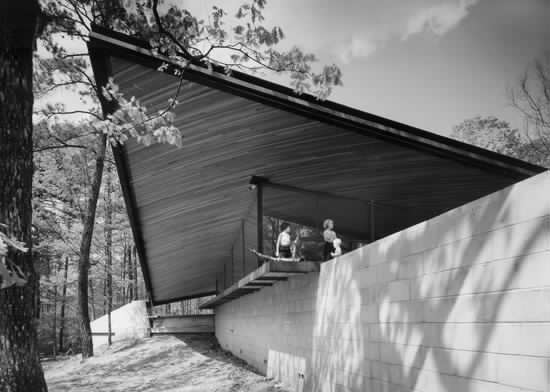
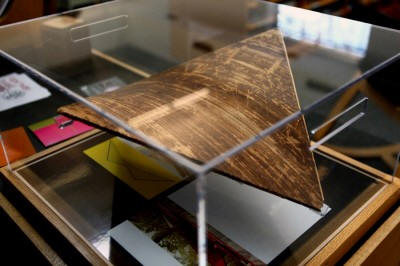
An early model on display in the NCSU College of Design Library
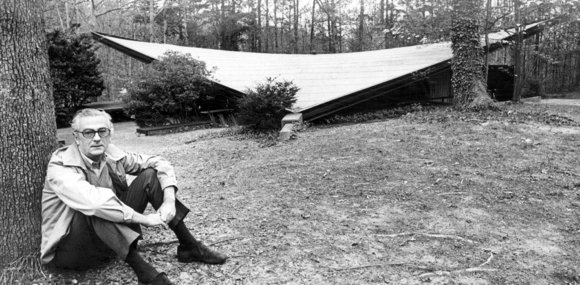
Eduardo Catalano visited the house in 1974
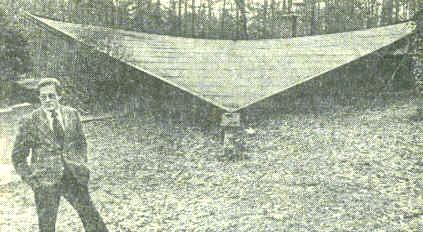
The last owner, Arch Lynch, around 1979
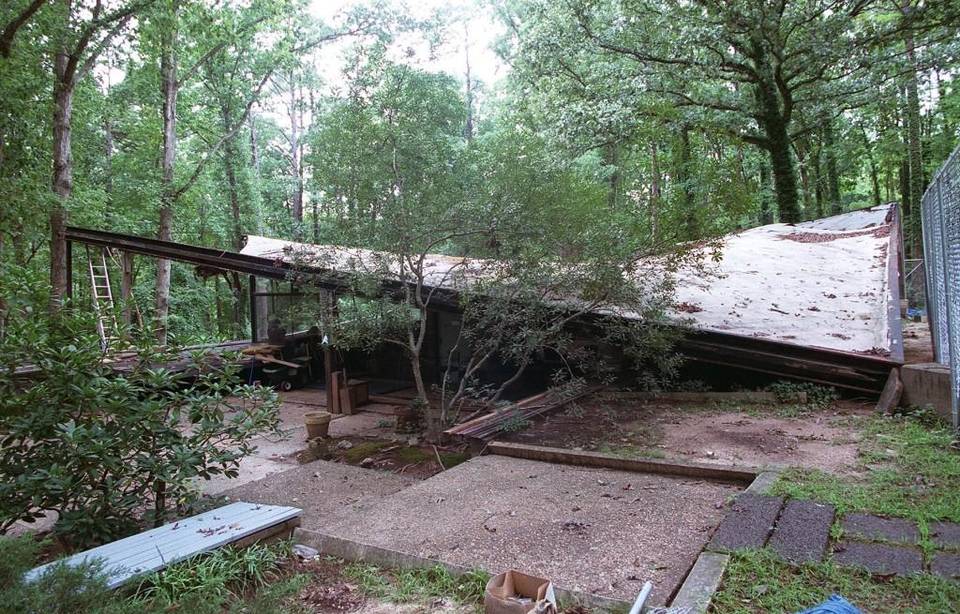
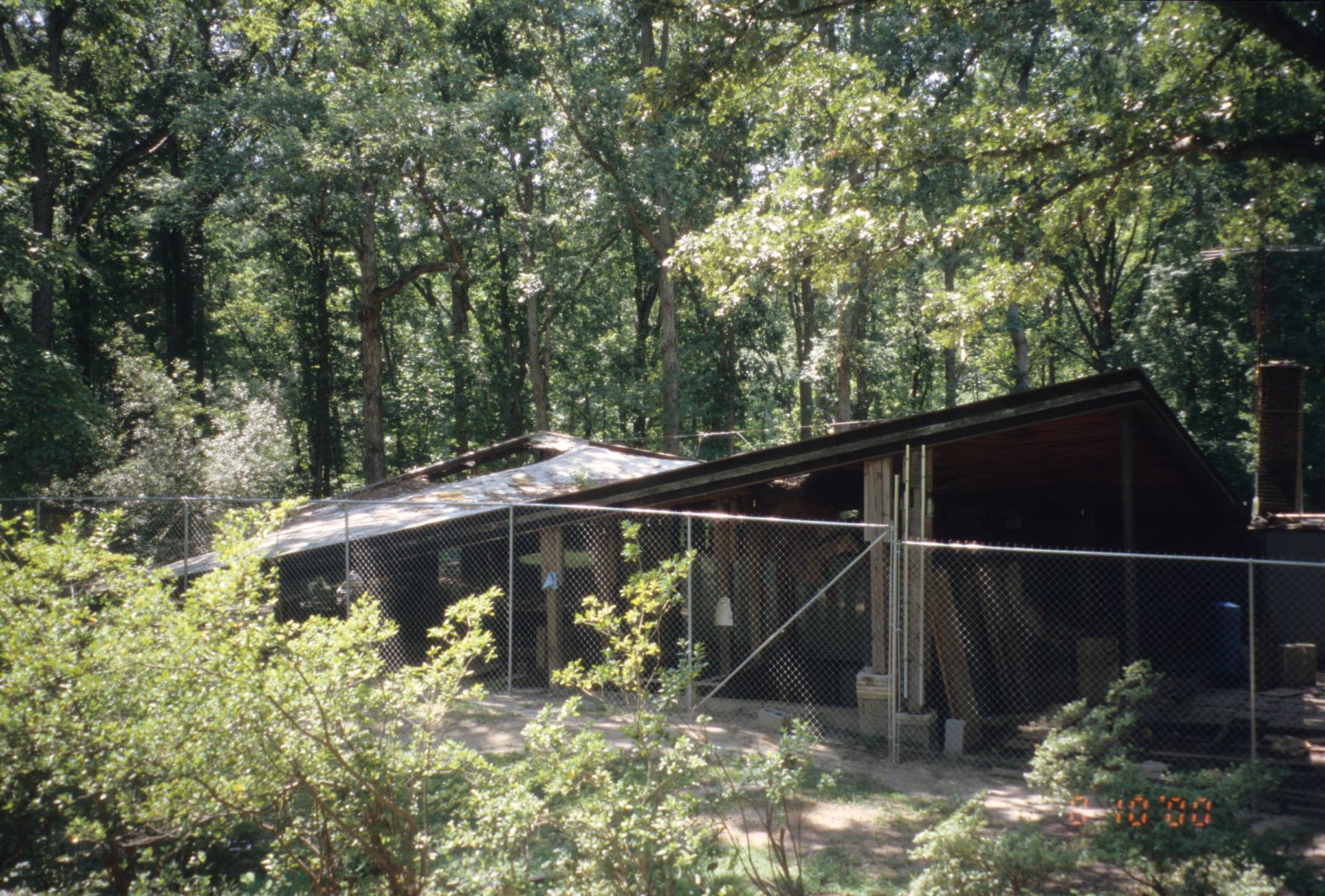
Around 2000
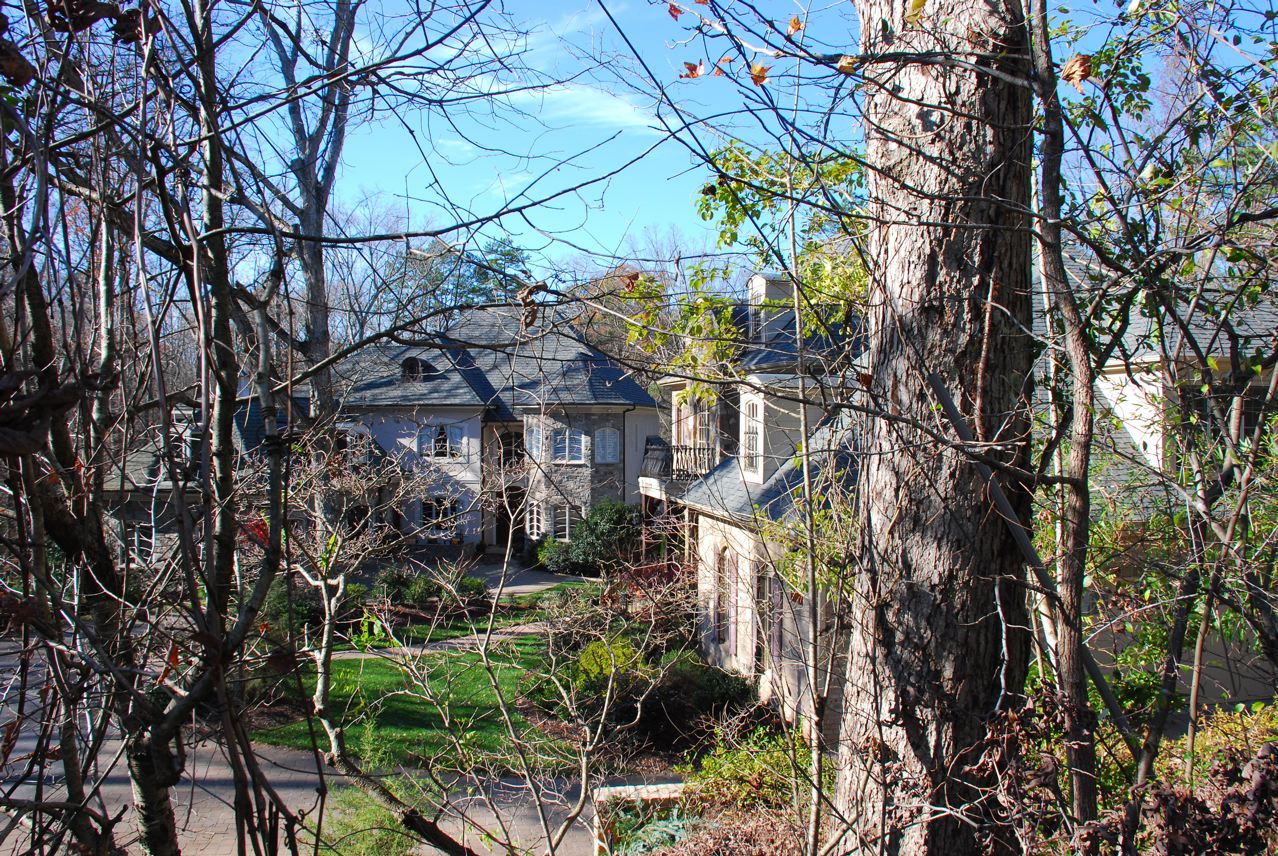
JBar Associates, owned by Andrew Rothschild and Jonathan Bluestone, built two large houses on the site (photo by Leilani Carter)
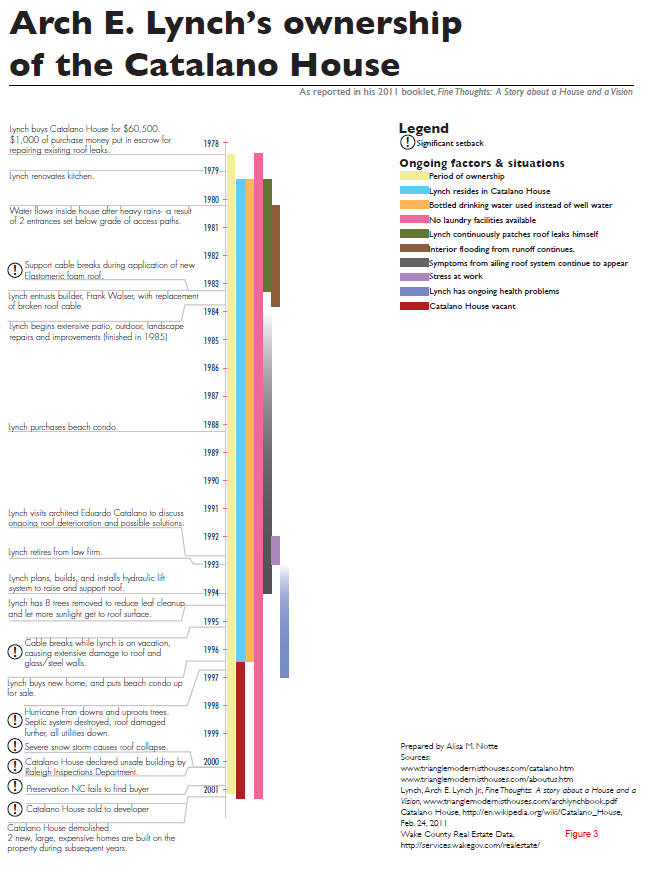
1954 - The Eduardo Catalano House, aka Raleigh House, aka Ezra Meir House, originally at 1467 Caminos Drive (now Catalano Drive), Raleigh NC. It has also been listed on Ridge Road. The coolest house ever designed in North Carolina and perhaps all of America. The $40,000 house is also called the Potato Chip house because of the swooping hyperbolic roof. Catalano drew this 1700-square-foot home for himself but only lived there a few years. The design was highly publicized as the "House of the Decade" by House and Home Magazine in 1956 and was praised by the rarely praising Frank Lloyd Wright. Built by Frank Walser. As Catalano's wife was quite tall, the countertops were of above-average height. Catalano won a 1955 Honor Award with special commendation from the AIANC. Catalano sold to Ezra and Violet Meir in September 1957. They put on a small brick addition. Sold in 1966 to William and Betsy Hinnant. The Hinnants moved out in 1974 and rented the house to neighbor T. C. Howard after Howard's house burned down. The Howards lived there until the Hinnants sold to Raleigh attorney Arch E. Lynch Jr. in 1978. A cable cut accidentally during a 1983 reroofing weakened the house considerably. Lynch commissioned Karl Gaskins to do an addition but it was never built. Lynch lived there until 1996. From 1996 to 2001, the house was unoccupied. Vandals, storms, and lack of heat made the house rapidly deteriorate. The roof rotted in sections over time. It would have taken hundreds of thousands of dollars to repair, if repair were even possible. Eventually the damage was too extensive.
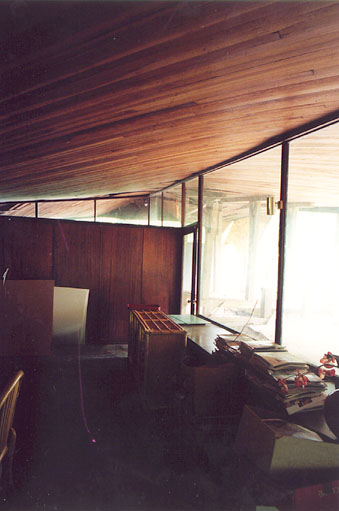
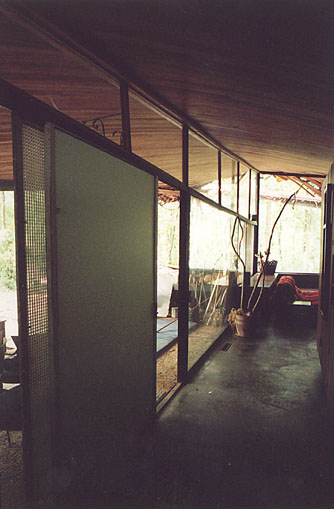
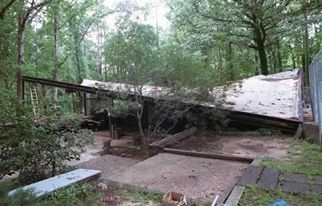
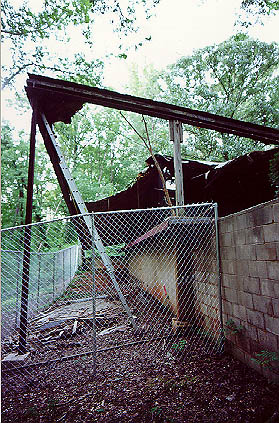
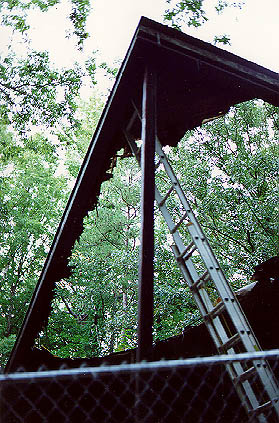
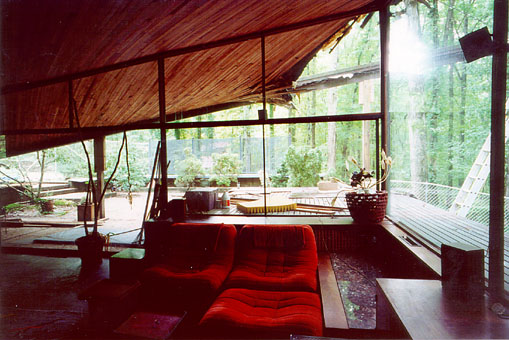
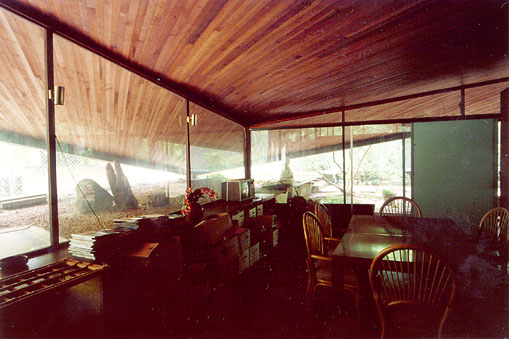
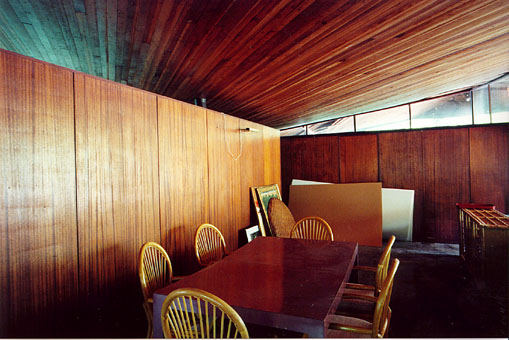
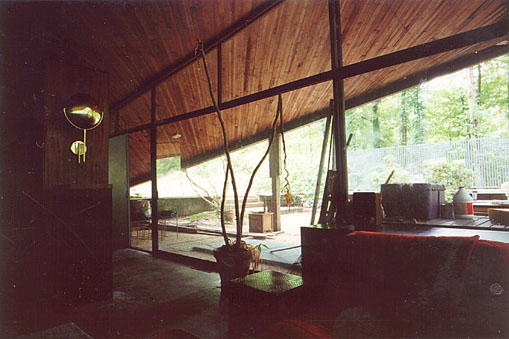
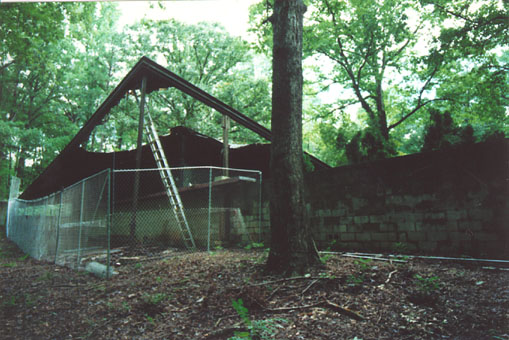
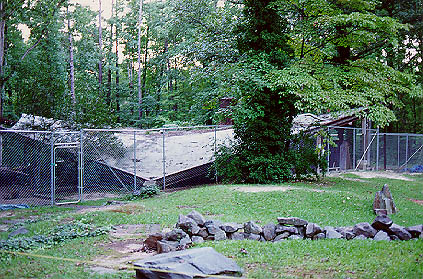
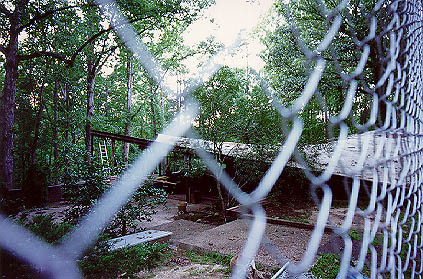

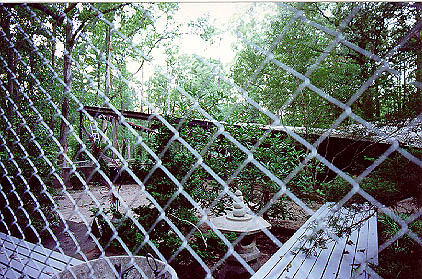
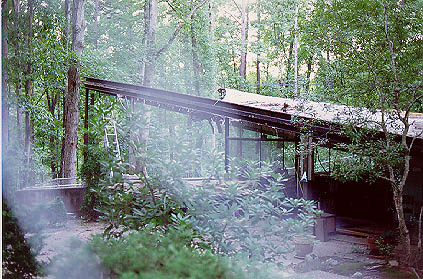
The last few months. Photos from JetSetModern (Joe Kunkel). Preservation North Carolina bought an option and tried unsuccessfully to sell it for $360,000 to anyone who would rebuild the same design on the site. When no one came forth, Lynch sold to developer JBar Associates in March of 2001. The house was destroyed later that month.
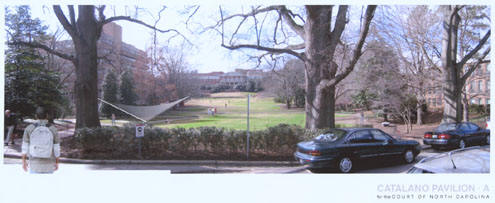
Shortly after its destruction Catalano unsuccessfully lobbied to have just the roof rebuilt on the grounds of the NC Museum of Art. Museum trustees were not interested in putting the house close to the other museum buildings, which Catalano insisted upon. In early 2005, he proposed a gift of $1.5M rebuild just the roof in the Court of Carolina area of NCSU. Alas, strong faculty opposition and a letter-writing campaign to the News and Observer caused him to withdraw the gift. According to Goodnight Raleigh, "It was a very divisive issue. Lewis Clarke, former professor and head of the Department of Landscape Architecture was incredibly vocal in opposition. He and Will Hooker, a landscape design professor, immediately undertook a campaign to stop the pavilion from being built. It was seemingly pitting the Landscape Architecture/Design camp against the Architecture camp." NCSU hired an architectural firm to evaluate seven other alternative sites but the vocal opposition kept Catalano and his donation in Boston. NCModernist's George Smart and Vinny Petrarca visited Catalano twice in 2009 in Boston to discuss recreating the Catalano house. They got very close to inking a deal, but by summer Catalano rejected the proposed site on Trailwood Drive as being "too far" from NCSU. He turned to the NCSU College of Design to find something closer to campus. However, nothing was ever built and Catalano died in early 2010. Featured in House and Home Magazine, August 1955; LIFE Magazine, November 1957. 2011 history and remembrance by its last owner, Arch Lynch. 2011 case analysis by Alicia Notte. Rendering of the Catalano House by Martin Chavanne
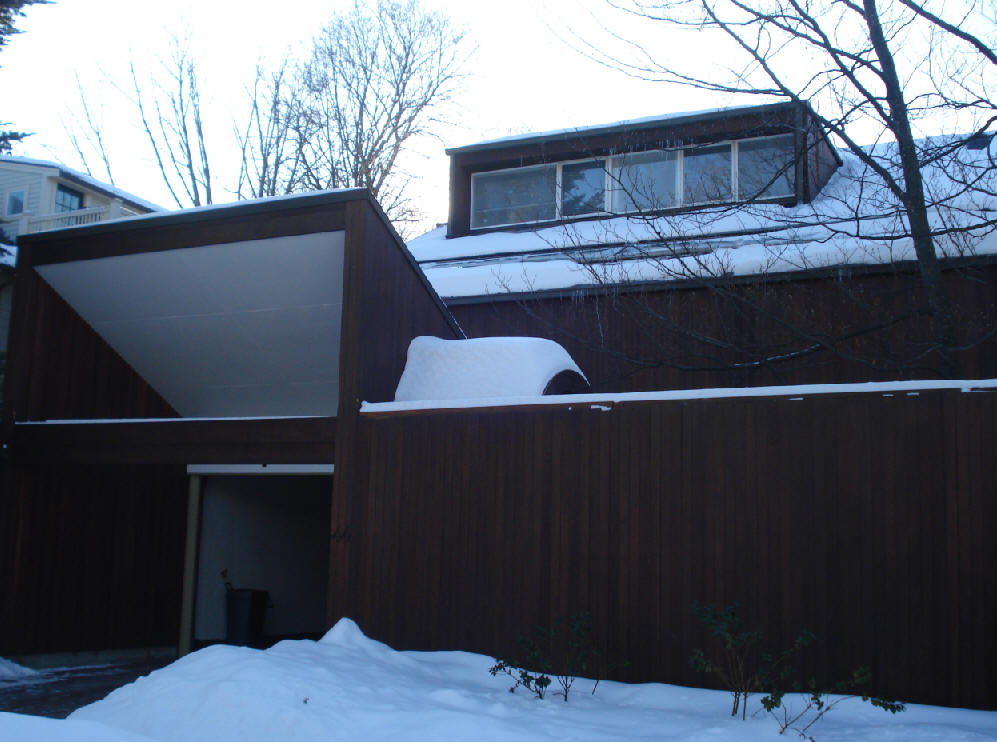
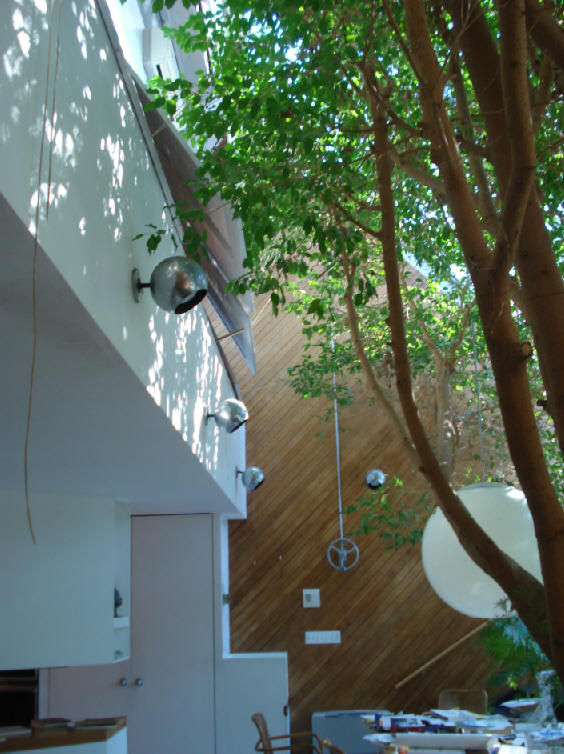
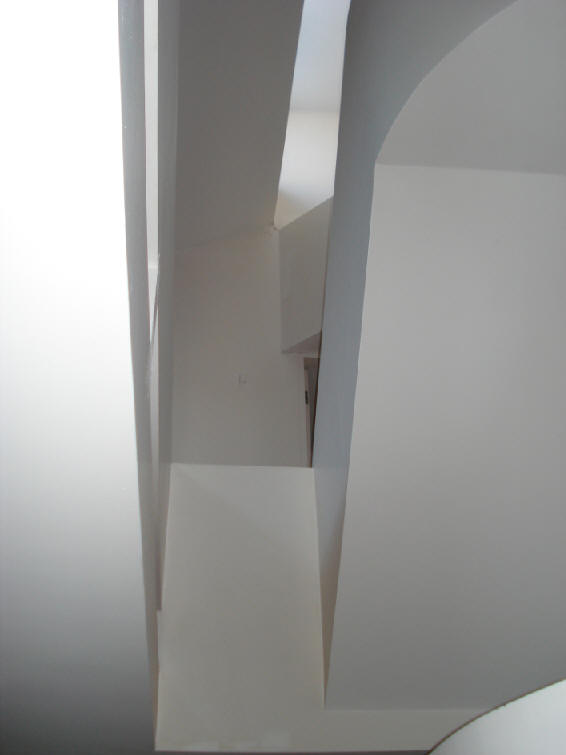
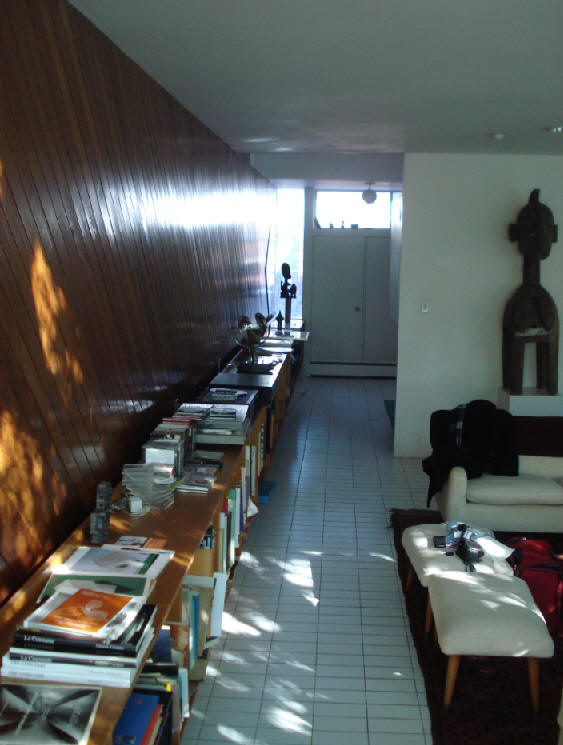
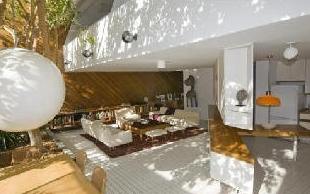
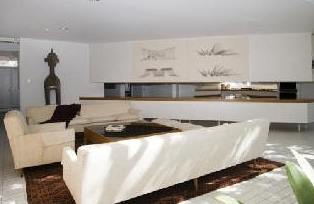
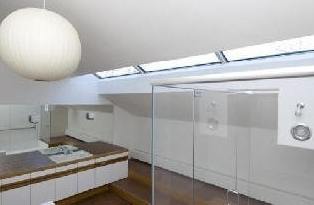
1980 - The Eduardo Catalano House, 44 Grozier Road, Cambridge MA. 3285 sf. Top four photos by George Smart. When put on the market in 2010, it sold in a matter of days to James T. Sherwin.
Sources include: NCSU College of Design; Dean Marvin Malecha; Preservation North Carolina; Myrick Howard; Eduardo Catalano; son Adrian Catalano; Ken Friedlein; David Hunt; Jetset; School of Design: The Kamphoefner Years, 1948-1973 by Roger Clark; Deborah Forsman; friend and colleague Peter Sugar; Goodnight Raleigh.
